Perseid meteor shower: how to see the shooting stars tonight
The spectacular celestial light of the Perseids will be visible again tonight - if the weather is fine
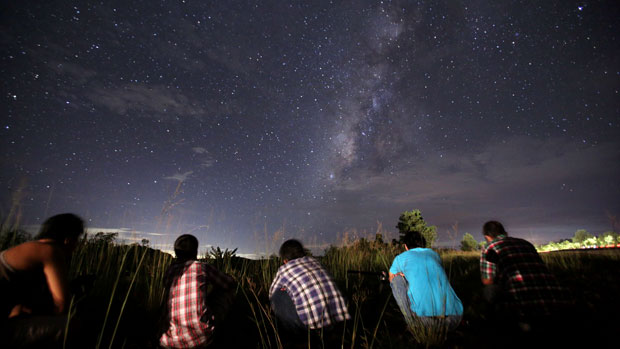
The Perseid meteor shower is set to reach its climax tonight, lighting up the night sky with shooting stars.
Caused by debris left behind by the Swift-Tuttle comet, which has been dubbed the "fireball champion", the Perseid meteor shower is the most spectacular of the year in the northern hemisphere.
"The peak dates to see the Perseid meteor shower are between the 12-13 August, when up to 100 meteors an hour can be seen," says the Met Office. And unlike last year, when a supermoon brightened the night sky and obscured the show, this year's appearance of the annual phenomenon coincides with a new moon.
The Week
Escape your echo chamber. Get the facts behind the news, plus analysis from multiple perspectives.

Sign up for The Week's Free Newsletters
From our morning news briefing to a weekly Good News Newsletter, get the best of The Week delivered directly to your inbox.
From our morning news briefing to a weekly Good News Newsletter, get the best of The Week delivered directly to your inbox.
However, the weather may intervene to prevent productive stargazing. Cloud is expected to settle over southern, central and eastern England, central Wales and northern Scotland for much of the night. At peak viewing time, in the early hours of Thursday morning, the clearest spots are likely to be England north of Manchester, lowland Scotland and the north and western fringes of Wales.
What is a Perseid shower?
The Perseid is the brightest and most consistent meteor shower. It often produces 50 to 100 meteors per hour at its peak. It takes place every August, and is caused when small specks of debris left behind by comet Swift-Tuttle's voyage through the solar system. When the Earth passes through this cloud of dust the particles disintegrate into flashes of light. Sometimes, a Perseid fireball will blaze across the sky, producing a particularly spectacular effect.
Where and when can I see them?
A free daily email with the biggest news stories of the day – and the best features from TheWeek.com
The pre-dawn hours are the best time to view Perseid showers. The further from a city and its plentiful urban lights you can get the better. Having found your spot, search for the darkest patch of sky you can find, make yourself comfortable and wait for the celestial show to begin.
Any other tips?
Do not be tempted to use a telescope or binoculars, as either instrument will simply reduce the amount of sky you can view, thus diminishing your chance of seeing the meteors. Planning to Instagram what you see? Resist the temptation to glance at your smartphone while you wait, as the glare from its screen will harm your night vision.
-
 Metaverse: Zuckerberg quits his virtual obsession
Metaverse: Zuckerberg quits his virtual obsessionFeature The tech mogul’s vision for virtual worlds inhabited by millions of users was clearly a flop
-
 Frank Gehry: the architect who made buildings flow like water
Frank Gehry: the architect who made buildings flow like waterFeature The revered building master died at the age of 96
-
 Is MAGA melting down?
Is MAGA melting down?Today's Big Question Candace Owens, Tucker Carlson, Laura Loomer and more are feuding
-
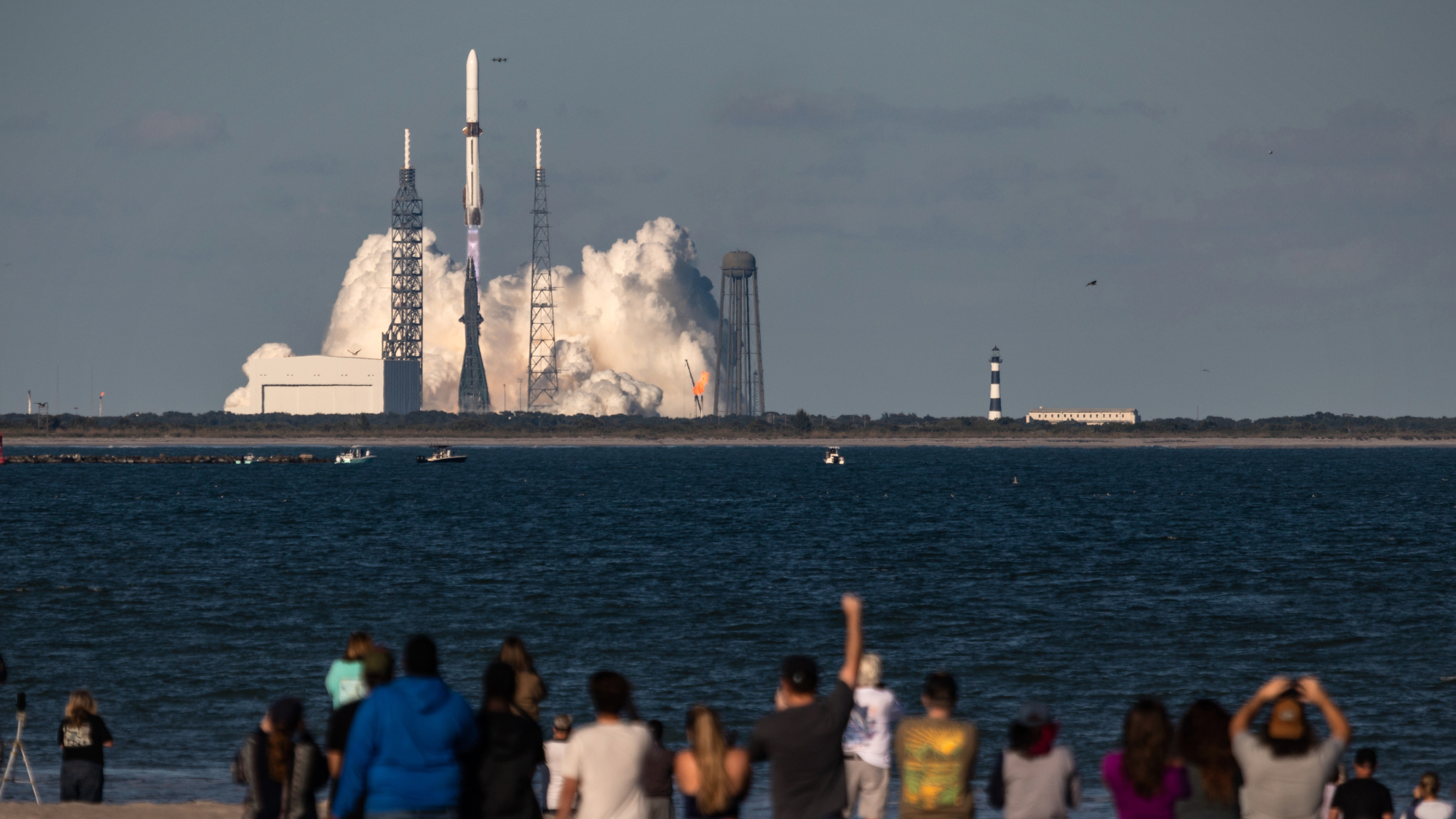 Blue Origin launches Mars probes in NASA debut
Blue Origin launches Mars probes in NASA debutSpeed Read The New Glenn rocket is carrying small twin spacecraft toward Mars as part of NASA’s Escapade mission
-
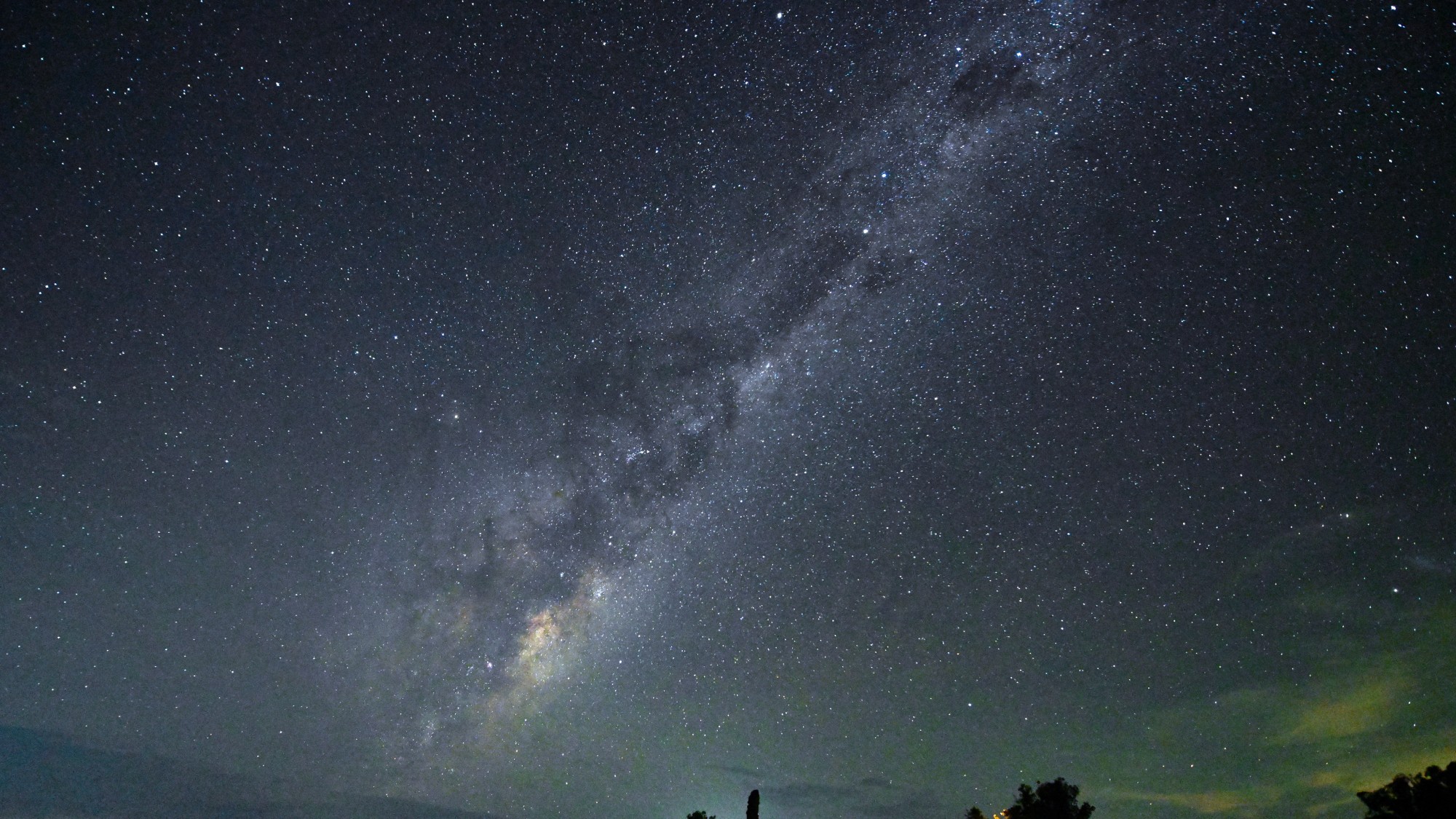 ‘The Big Crunch’: why science is divided over the future of the universe
‘The Big Crunch’: why science is divided over the future of the universeThe Explainer New study upends the prevailing theory about dark matter and says it is weakening
-
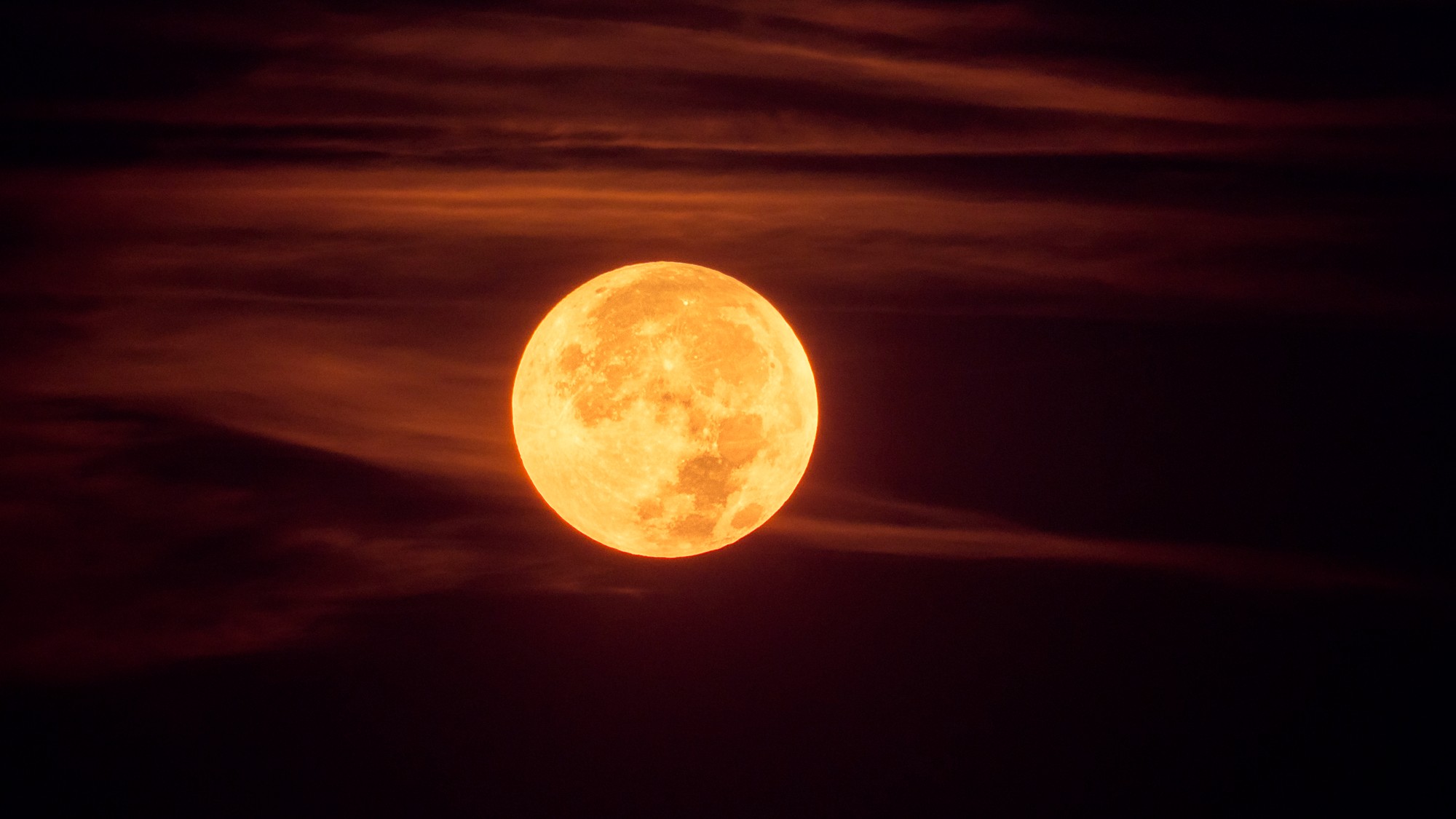 The moon is rusting
The moon is rustingUnder the radar The Earth is likely to blame
-
 Panspermia: the theory that life was sent to Earth by aliens
Panspermia: the theory that life was sent to Earth by aliensUnder The Radar New findings have resurfaced an old, controversial idea
-
 Africa could become the next frontier for space programs
Africa could become the next frontier for space programsThe Explainer China and the US are both working on space applications for Africa
-
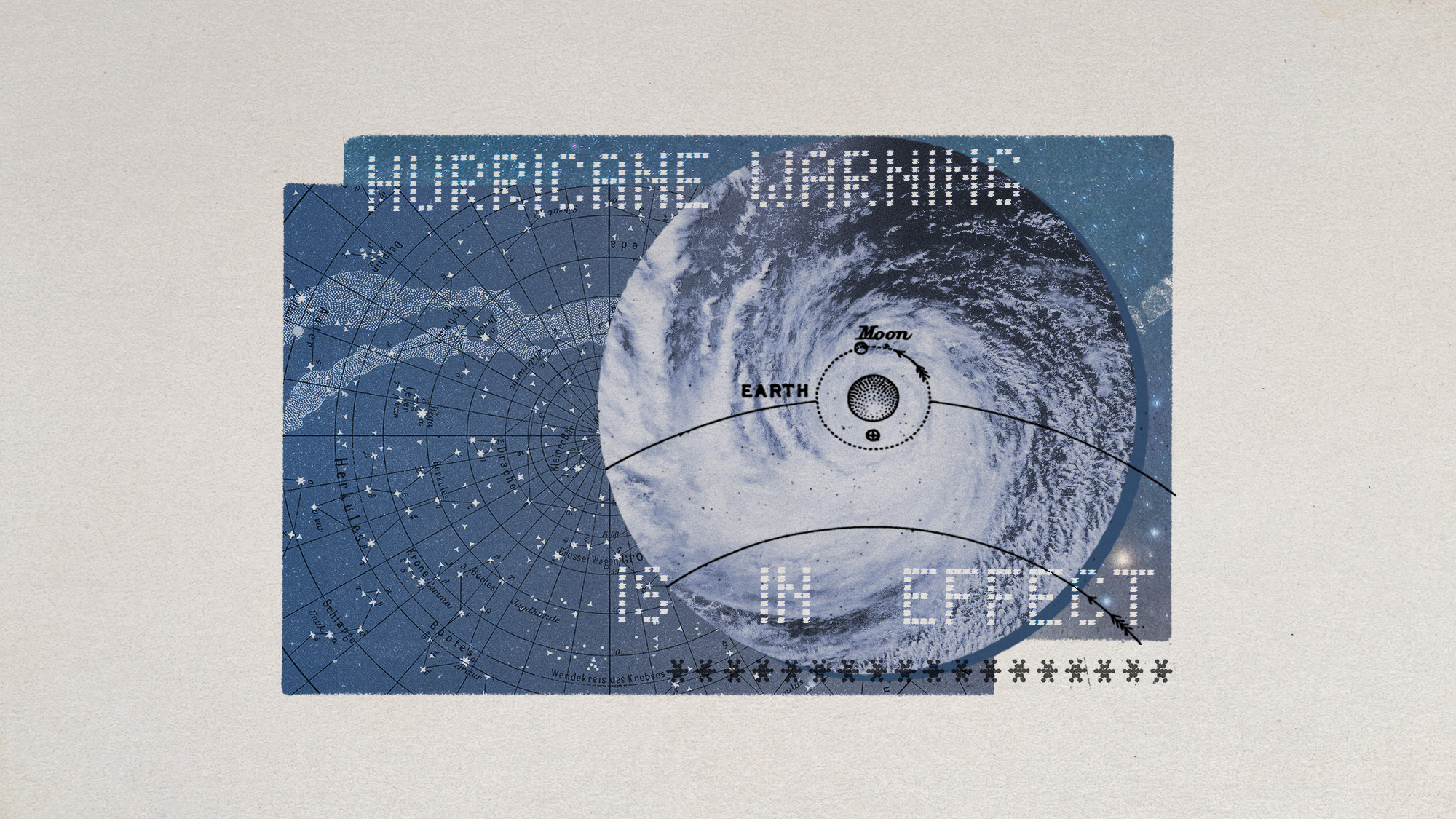 Hurricanes are not exclusive to Earth. They can happen in space.
Hurricanes are not exclusive to Earth. They can happen in space.Under the radar These storms may cause navigational problems
-
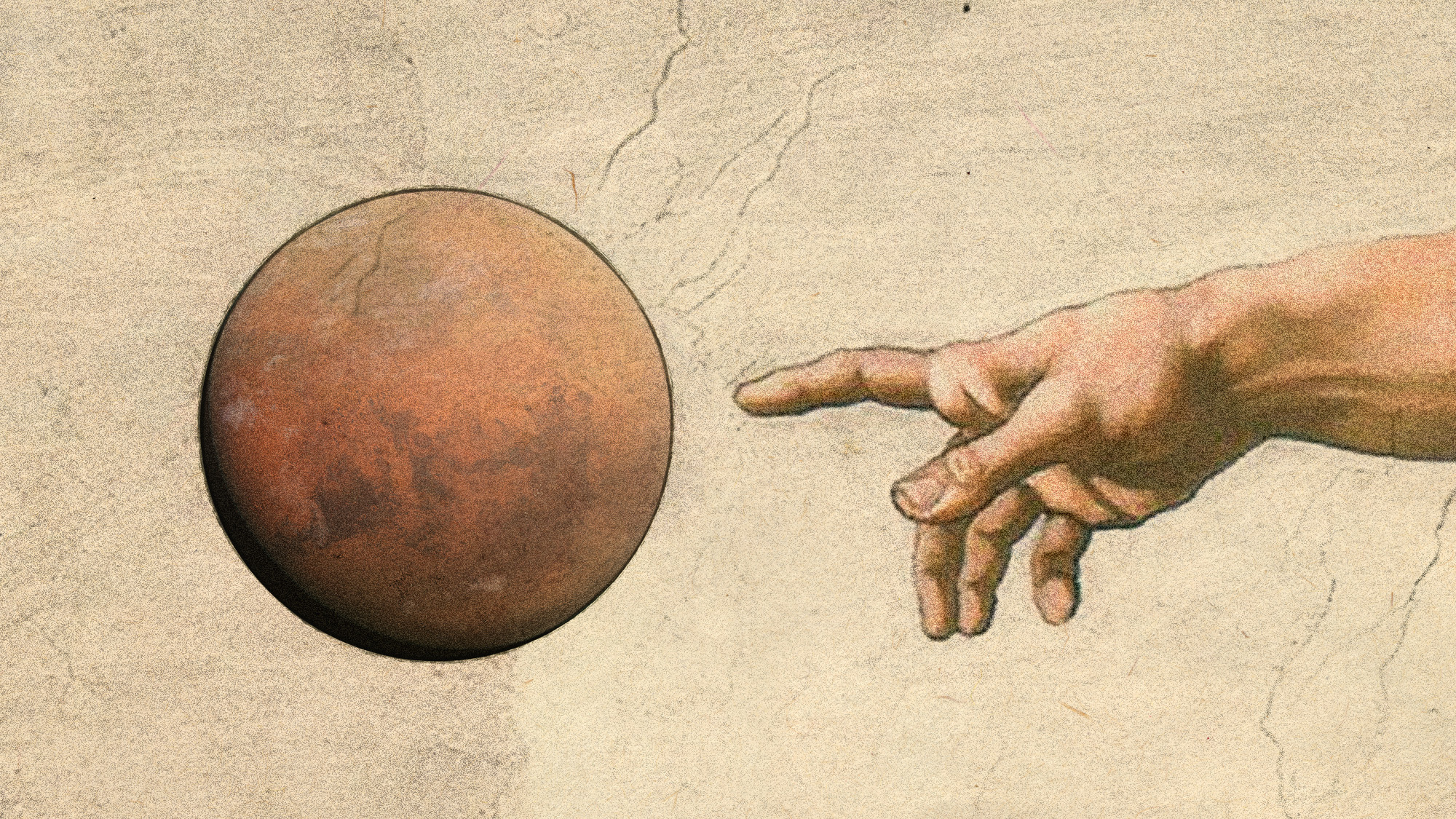 Answers to how life on Earth began could be stuck on Mars
Answers to how life on Earth began could be stuck on MarsUnder the Radar Donald Trump plans to scrap Nasa's Mars Sample Return mission – stranding test tubes on the Red Planet and ceding potentially valuable information to China
-
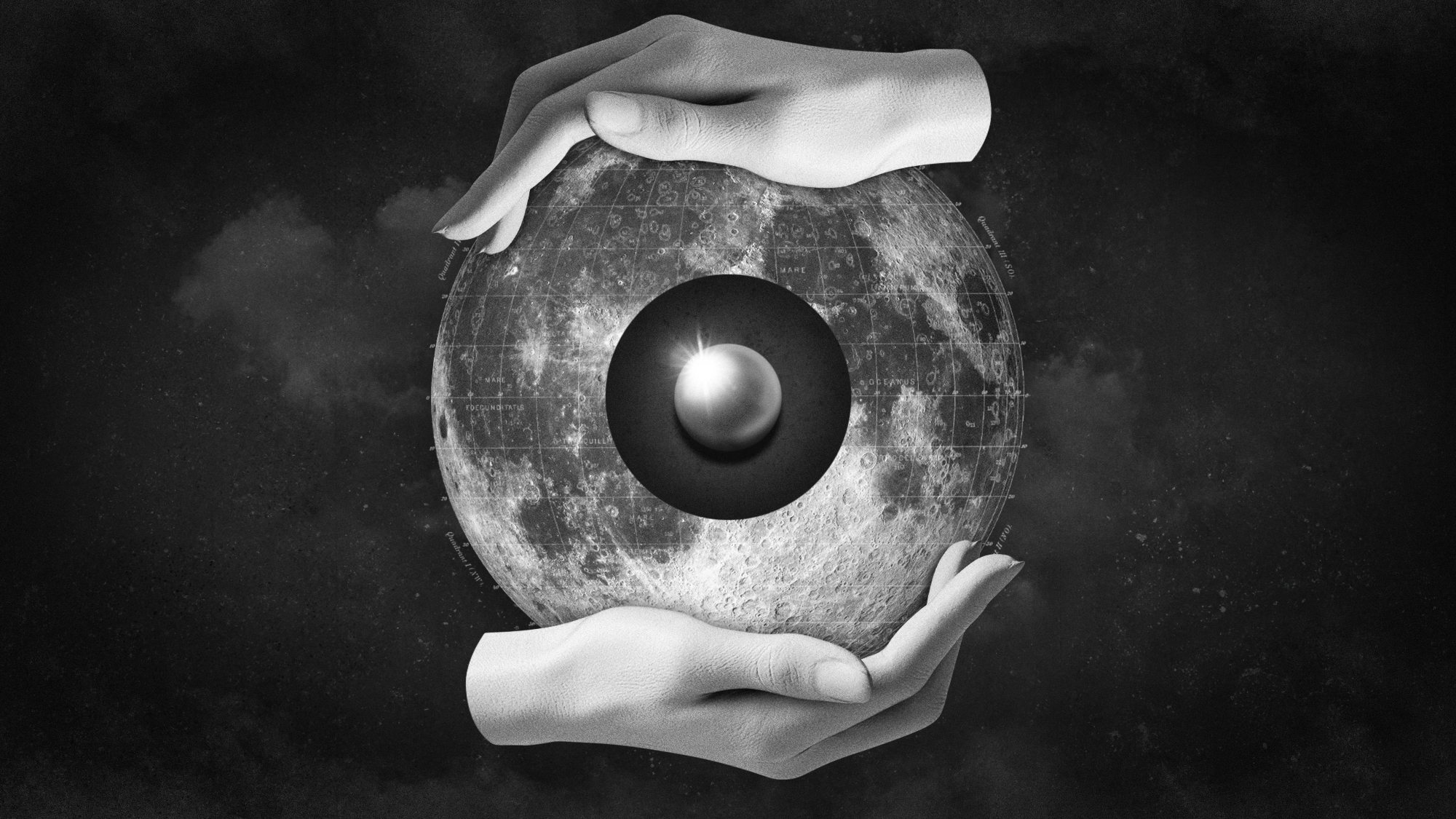 The treasure trove of platinum on the moon
The treasure trove of platinum on the moonUnder the radar This kind of bounty could lead to commercial exploitation